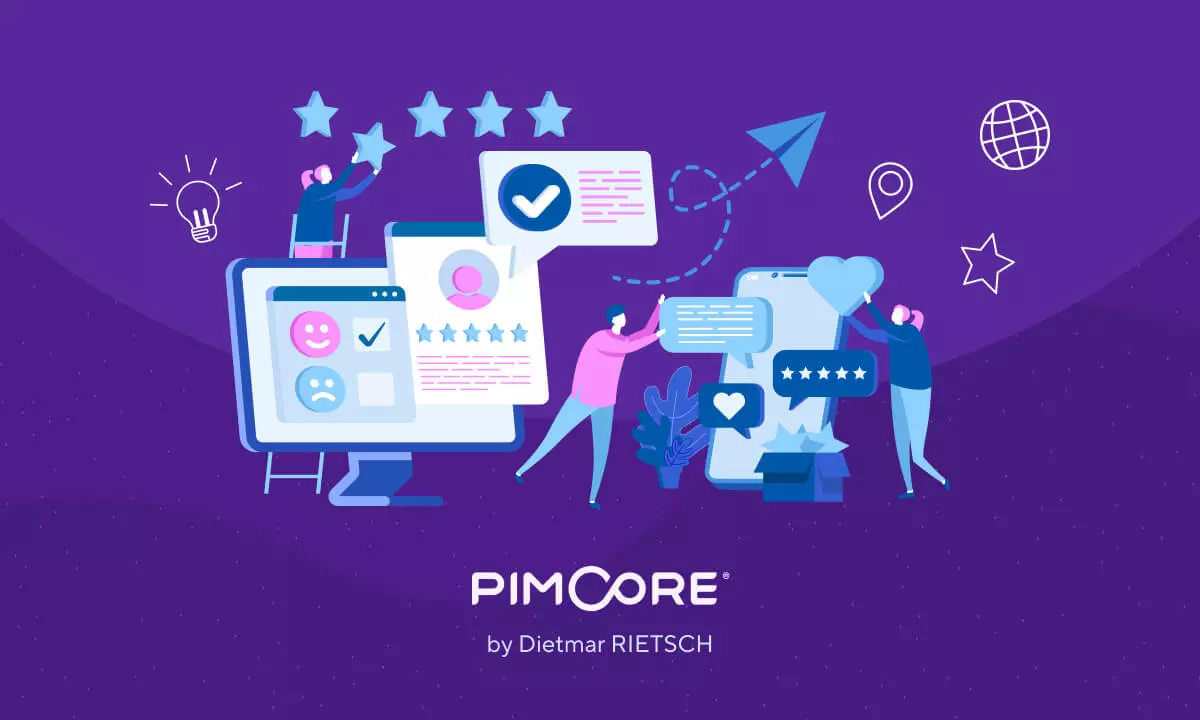The customer experience trends in 2023, by Dietmar Rietsch

The state of the customer experience (UX) was quite different in the commercial sphere not so long ago. A few years ago, the core of competitive advantage was largely based on internal capabilities and resources, cost strategies and innovation in both products and services. Surprisingly, customer experience was at best an afterthought. Today, it’s front and centre, acting as the linchpin of the human relationships that can make or break a business in the digital age.
Through a decade of unimaginable lows, record highs and everything in between, customer experience has been a constant in business success. Old ways of buying and selling are rapidly diffusing and the speed at which customer preferences and technologies are evolving is truly incredible. A recent survey revealed that 94% of customers are more likely to return to a brand after a positive customer service experience. It’s no secret that a company offering excellent customer service is more likely to be recommended by consumers.
It therefore goes without saying that building a ‘UX-first’ organisation is not just a winning weapon in an oversaturated market, but the key to a company’s survival. Keeping a real-time pulse on technological advances and dynamic customer expectations is the only way forward. So a well-planned UX strategy has become essential to creating meaningful, frictionless, but above all memorable experiences.
On that note, let’s explore the key trends that will shape businesses in 2023:
All focused on SMOT!
Effective customer interactions are one of the building blocks of the customer journey, which has the potential to transform existing/new customers into loyal brand customers. These interactions have a significant impact on a series of customer decisions, often referred to as ‘moments of truth’. After a customer has realised the need for a product or service (stimulus), checked online or searched for product reviews (zero moment of truth), spoken with a salesperson or tried a sample (first moment of truth) followed by a purchase, the second moment of truth (SMOT) comes into play.
At this crucial stage, the customer experience has a real impact on their future purchasing decisions. This experience, derived from the product or service purchased and the brand, is proportional to their exposure. Whether good or bad, these experiences are shared with others, online and offline.
So it makes sense for brands to ensure that customer expectations are met at this stage. With new trends on the rise, SMOT will continue to play a key role in building customer loyalty.
But what is SMOT? The Second Moment Of Truth is about creating that feeling in your customer that ‘they’ve made the right choice’. It’s a delicious moment, when the consumer savours their purchase, recognises themselves in their judicious decision, and feels grateful and loyal.
For example, visual assistance for customer service can enhance the customer experience. Brands can also extend strong customer support, promotional offers and updates, gifts and much more to increase customer loyalty, including up-selling and cross-selling opportunities. The possibilities are endless! Ultimately, the quality of the experience/service provided combined with recurring customer relationships will make all the difference in the world of customer experience.

AI: data will reign supreme
From online interactions and purchases to in-store purchases, data continues to fuel smarter decisions and personalized high-quality experiences. To enhance these experiences, businesses are utilizing emerging technologies such as artificial intelligence (AI) and machine learning to analyze quantitative and qualitative data.
Thanks to recent advancements in natural language processing, AI can use emotion or sentiment analysis to glean insights about customers through tone of voice, facial expressions, and other non-verbal cues. The sophisticated vocal capabilities of AI that facilitate automation can result in cost savings and positive UX.
Customer service agents will rely on intuitive and user-friendly data platforms to make interactions more relevant and personalized. In addition to providing the workforce with the right data at the right time, these customer support systems can act as a centralized hub to dissolve data silos and replace manual processes with automation.
Clearly, automation will be one of the revolutionary trends to closely watch in the field of customer service. Automation will also be a key factor in delivering the desired experience and supporting increasingly complex, but above all, personalized customer engagements. In short, the more data a company has, the more interactions become relevant, predictive, proactive, personalized, and engaging!
More power to customers.
When it comes to optimizing UX, self-service has been in the spotlight for some time now. However, post-pandemic trends have accelerated it as customers increasingly take the time to get closer to brands. The ability to solve problems on their own will require companies to provide customers with the resources and tools they need to do so.
This then allowed company employees to focus on more important challenges and issues. In addition to presenting a unique marketing opportunity, self-service aligns well with the savvy and autonomous customers of the digital era. Companies offering these options are viewed more positively by their targets.
The self-service option undoubtedly strengthens the overall brand experience.
Once again, there are numerous options for putting these practices into action! Browsing and scanning products with your smartphone camera, integrated scanners, intelligent chatbots, FAQs… All of these practices are good starting points for filling the gaps in the current UX environment.

More proximity thanks to personalised customer experiences
Personalization is a centuries-old term in the customer service space; what eCommerce companies need today is hyper-personalization to make every customer journey unique. In order to drive performance and improve results for customers, businesses must invest in this crucial capability that has been proven to increase revenue 40% faster than their counterparts.
Online interactions in our post-pandemic world reflect heightened expectations, which continue to rise. Customers demand that brands recognize their unique needs at every touchpoint and phase of their buying journey. They don’t want their interactions to be “too personal,” but expect brands to address them by their first name, make recommendations based on their past purchases, and offer them exclusive deals based on their repeated purchases or even birthdays.
Amazon’s product recommendations illustrate the wonders of hyper-personalization in e-commerce. Essentially, product recommendations will remain one of the primary modes of personalization in the coming year. However, brands like Spotify and Netflix have mastered the art of personalized content.
Whether it’s channel preference, gender, demographic data, or geolocation, brands will need comprehensive strategies to achieve many personalization business goals. In 2023, personalization will continue to dominate the experience game in terms of driving engagement and conversions, loyalty, and improving various KPIs.
Customer Data: Trust and Transparency.
With increased awareness and access to information, cases of fraud and customer dissatisfaction have increased accordingly. Honesty and transparency are key differentiators for brand credibility; companies cannot risk making promises they cannot keep. Since dissatisfaction can lead to both a drop in (e)-reputation and loss of customers, companies must take responsibility for incidents to win customers and build public trust in their brand.
For this, various professional actors must be as transparent as possible in their communication and inform their customers throughout their purchases. If an incident occurs, communication should not be cut off. On the contrary, internet users will appreciate being kept informed of events: proximity! Customers also expect friendly, honest, direct, and empathetic conversations – precisely what brands should offer them.
In addition to building relationships with customers, brands must also give equal attention to privacy. When they share personal information with brands, customers expect their data to be protected and their privacy preserved. As data privacy policies and government regulations evolve globally, businesses will need to invest in solutions that protect their business and network.
2023, a challenging year for eCommerce.
With rebound efforts almost complete, 2023 will be a challenging year for online commerce. While personalization, automation, and data will shape recent trends, elements such as transparency, self-service, privacy, and many others will be added to the mix.
Brands must be on their guard to constantly rethink their marketing strategies and win over the most important element of their business: the customer. It’s time to learn and leverage the lessons of last year to get a head start in 2023.


